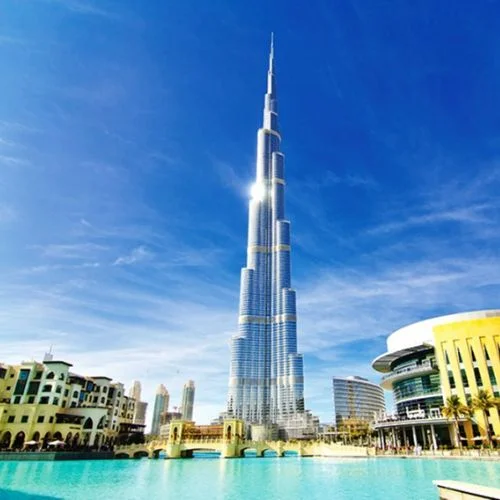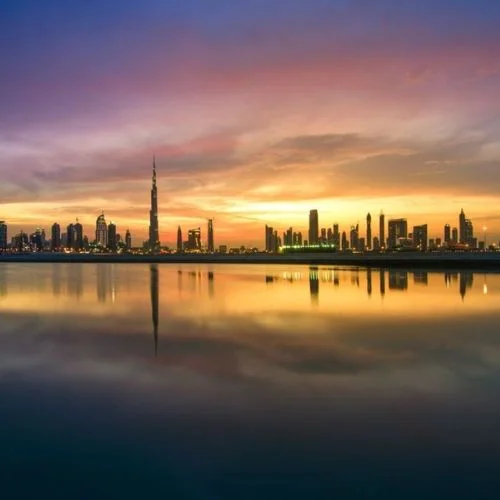The move would reduce counterfeited drugs in India since according to an earlier estimate by the World Health Organization (WHO), around 35 per cent of the fake drugs sold globally come from India.
The Union government has introduced quick response (QR) codes to ensure authenticity and traceability of 300 common drug brands, including analgesics, vitamins, diabetic, and hypertension medicines, among others.
The Union Ministry of Health has made amendments to the Drugs Rules, 1945, to implement this. In March, the ministry had asked the department of pharmaceuticals (DoP) to shortlist 300 drug brands that can be included for the implementation of mandatory QR codes. The National Pharmaceutical Pricing Authority (NPPA) had identified the list of 300 drugs, which include widely used medicines, such as painkillers, contraceptives, vitamins, blood sugar, and hypertension medicines.
Popular brands, such as Dolo, Allegra, Asthalin, Augmentin, Saridon, Limcee, Calpol, Corex, Thyronorm, Unwanted 72, were identified. These high-selling brands have been shortlisted based on their moving annual turnover (MAT) value.
In the draft notification issued on June 14, the ministry said the manufacturers of the formulation products will print or affix QR code on its primary packaging label and on the secondary package label that store data or information legible with software application to facilitate authentication.
The stored data or information will include unique product identification code, proper and generic name of the drug, brand name, name and address of the manufacturer, batch number, date of manufacturing, date of expiry, and manufacturing licence number.
Earlier this year, the union health ministry notified the guidelines, saying “every active pharmaceutical ingredient (API; bulk drug) manufactured or imported in India shall bear a quick response code on its label at each level, packaging that store data or information readable with software application to facilitate tracking”.
The government has been trying to introduce QR codes since 2011. Pharma companies and lobby groups had expressed concerns over multiple sets of directions regarding tracing and tracking being issued by various departments and had asked for a single QR code system.
“Some of the brands identified have very low retail prices. For example, some common analgesics, vitamins and even diabetes drugs like metformin. This would be an additional cost for manufacturers to change the packaging and implement this. For smaller manufacturers this can be a teething challenge,” said an industry insider but agreed that the move would help avoid fake drugs getting into circulation.
According to an earlier estimate by the World Health Organization (WHO), around 35 per cent of the fake drugs sold globally come from India.
Also read-:















